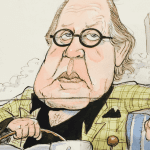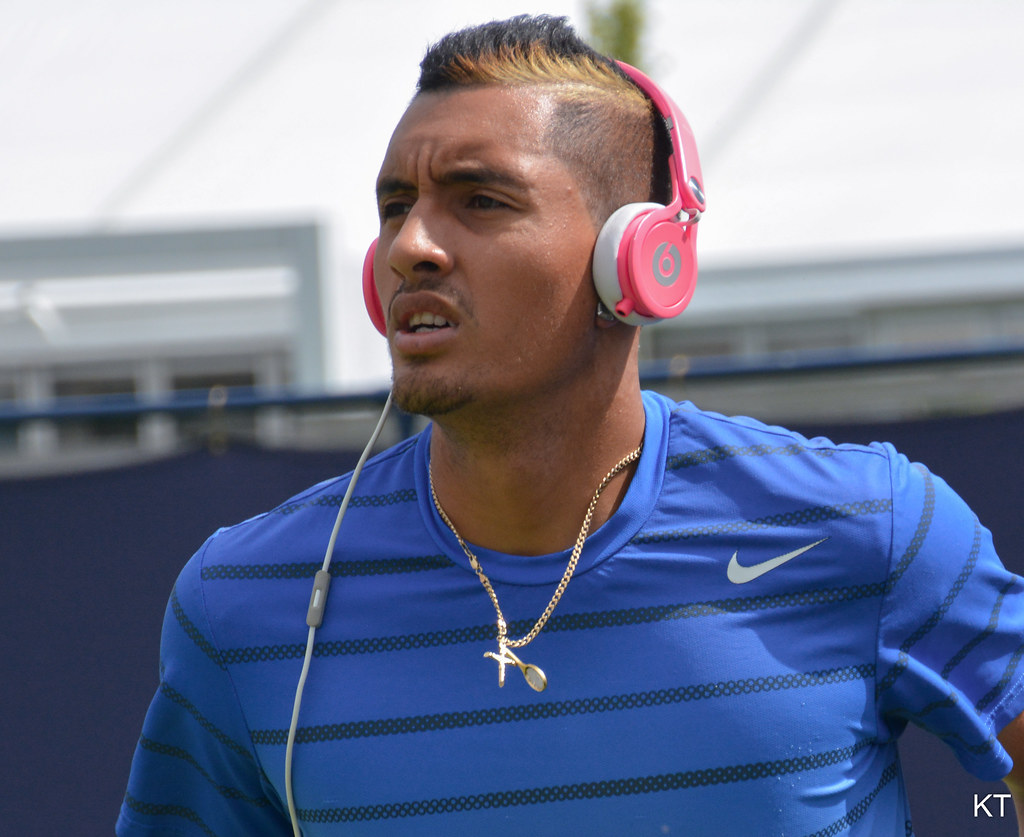MAX Verstappen continues to show his class while Daniel Ricciardo seems to be going nowhere. PETER COSTER reports on the Spanish GP:
BEFORE the race it was high-fives and the goofy grin with the mechanics, but after the Spanish GP it was doom and gloom and where do we go from here?
“Where” is further up the grid for Renault and Daniel Ricciardo after the Australian qualified 10th and started 13th.
That was because Ricciardo locked up in the Azerbaijan Grand Prix two weeks ago and reversed into Toro Rosso’s Danill Kvyat after both cars came to a stop down the escape road.
Kvyat said he would buy Ricciardo a rear version mirror for the Spanish race.
It wasn’t needed, mainly because half the field finished in front of the Renault driver, although that wasn’t all Ricciardo’s fault.
The team brought him in for a pit stop during a safety car slow-down , but that put him further behind drivers who stayed out on the circuit.
They included home-town hero Carlos Sainz Jr, who finished eighth in a McLaren using the same Renault engine as Ricciardo in the works car.
“To be honest,” said a frustrated Ricciardo after the race, “I think we underachieved the result that the car is capable of.”
That said, the Renault engine is no longer capable of achieving the same results as it did when winning four world championships for Sebastian Vettel when the Ferrari driver was at Red Bull.
Max Verstappen was third in Spain behind the Mercedes of Lewis Hamilton and Valtteri Bottas, followed by the Ferraris of Vettel and first-year F1 driver Charles Leclerc.
Vettel also complied with team strategy after being ordered to let Leclerc past after Vettel flat-spotted his tyres. He later overtook Leclerc on fresh rubber.
But while there was much whinging and whining from the also-rans where the rain in Spain fell mainly on Renault and Ferrari, Mercedes celebrated with its fifth one-two finish in five races since the season opened in Melbourne.
Race fans hate team orders and turned their attentions to the superb drive by Verstappen in his Honda-powered Red Bull. They voted him Driver of the Day in the global poll.
Last year, Honda executives were falling on their swords in sacrificial resignation. But the once-dominant Japanese manufacturer is regaining face in the hands of Verstappen, a future world champion and one of the reasons why Ricciardo
left Red Bull for Renault.
Red Bull was building its team around Verstappen, not the more experienced Ricciardo. The $40 million that Renault is reportedly paying Ricciardo may also have influenced his decision to leave the independent energy-drink team owned by Austrian billionaire Dietrich Mateschitz.
In Spain, Ricciardo and Renault F1 boss Cyril Abiteboul were in deflated agreement that something, anything needs to be done to improve the French team’s fortunes.
“We are not in line with the targets we have set ourselves,” said Abiteboul after the race.
However, the cautious comments from Ricciardo and Abiteboul are likely to be replaced with some more colourful invective behind the garage when the team returns to the Circuit de Barcelona-Catalunya this week for testing.
Renault and Ferrari have much work to do on their race strategy and the team orders that have helped to ruin their chances this season.
Their drivers are losing confidence as Hamilton and Bottas take maximum points at every race, whereas Red Bull is oozing confidence
The team made the right decision in engines for Honda power, which has surpassed what anyone thought it would achieve this season.
Much of that is because of Verstappen’s aggressive and consistent driving.
No longer wild. More wonderful. Reminiscent of Michael Schumacher in winning his seven world titles.
Red Bull sensed the decline at Renault and is counting on Honda to provide engines to compete with Ferrari and Mercedes.
Verstappen’s “Plan B” allows him to bail out of his contract at Red Bull if that doesn’t happen, but Honda has thrown all its considerable resources at engine development and further acts of self-sacrifice at the Japanese giant are unlikely.
This year and next year will see teams and manufacturers working towards the biggest aerodynamic changes to F1 since the “ground-effect” cars of the early 80s.
These were cars that used side-skirts to effectively seal the cars to the ground, creating tremendous down force and later banned.
Designers say the 2021 cars will be “a completely different animal” to what we see now.
Embed from Getty ImagesNot only has a new generation of drivers entered F1, but a new generation of Formula One cars are on constructors’ screens in the world’s most expensive sport.
It may be a case of not how fast these cars can go, but what forces the human body can contend with without the driver losing consciousness and control.
The HAN, or head-and-neck device worn by the drivers, the coat-hanger like contraption behind their helmets, is to prevent their necks from snapping in a crash.
On either side of their helmets, short cables hold their heads from being forced sideways under the phenomenal g-forces experienced by jet fighter pilots.
Even the driver’s feet have to be held in place in a “pedal-box.” The sides of the box hold the driver’s feet on the pedals as the g-forces increase. There is brake and accelerator. Some drivers brake with their left foot and others with their right foot.
Each driver has his own pedal box. A collector rebuilding what he hoped was a Jordan 195, built for the 1995 season for Rubens Barrichello,
knew he had the right car when he saw “Rubi” handwritten on the side.
So, only two pedals, “stop” and “go.” The driver changes gears on finger-tip paddles attached to the steering wheel, which is more an aircraft-style yoke than a wheel, with myriad buttons to control multiple engine and energy recovery functions.
Before gearboxes in F1 cars became “clutchless,” drivers had to change gears thousands of times in a two-hour GP.
If Roger Federer stood beside Michael Schumacher before Ferrari introduced “sequential” gearboxes in 1989, you would have noticed the tennis champion’s one muscular arm and Schumacher’s similarly bulging leg.
PETER COSTER is a former editor and foreign correspondent who has covered a range of international sports, including world championship fights and the Olympic Games.




Discussion about this post